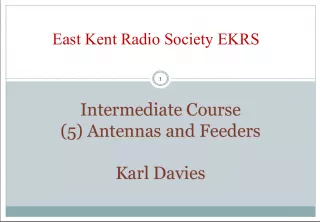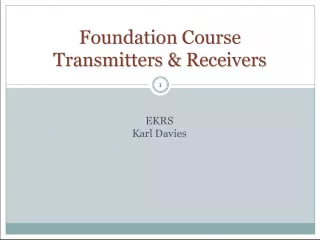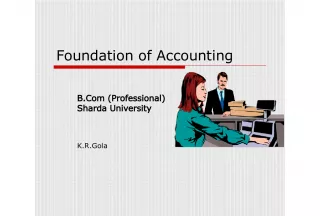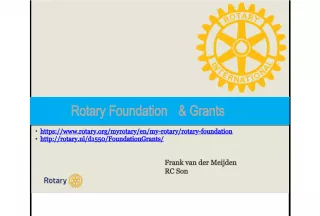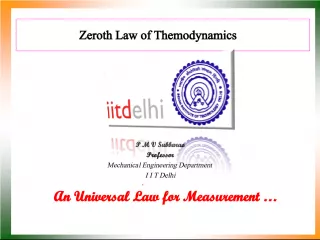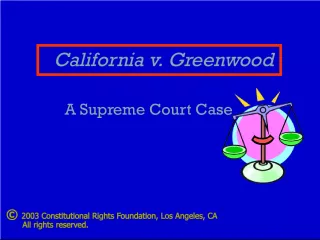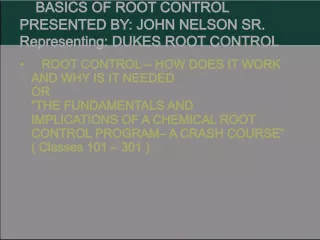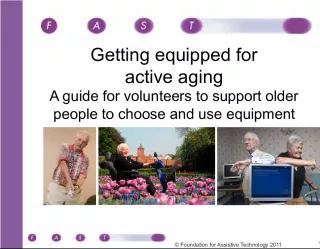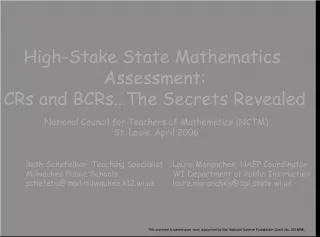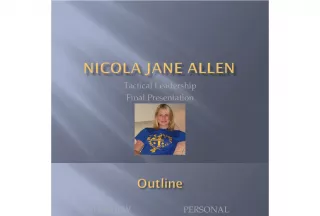"5 Foundation Course: Feeders & Antennas" by EKRS Karl Davies -
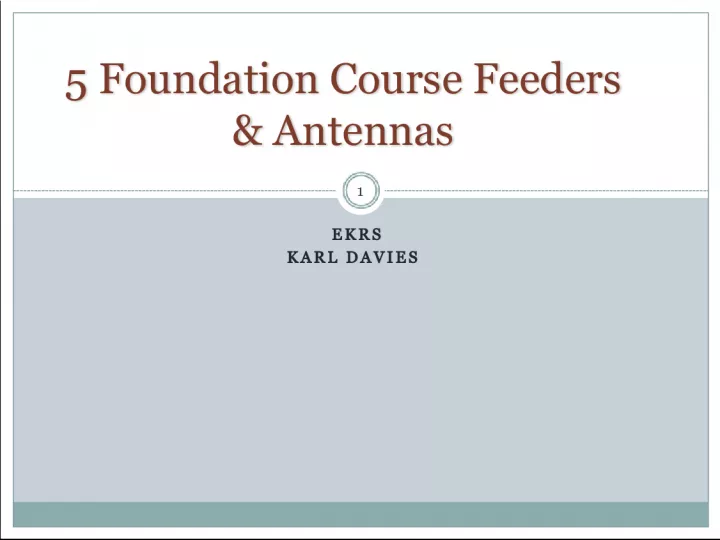

This course covers the basics of feeders and antennas for radio and TV. The first module covers two basic feeder types - coax and twin wire.
- Uploaded on | 1 Views
-
 sararinne
sararinne
About "5 Foundation Course: Feeders & Antennas" by EKRS Karl Davies -
PowerPoint presentation about '"5 Foundation Course: Feeders & Antennas" by EKRS Karl Davies -'. This presentation describes the topic on This course covers the basics of feeders and antennas for radio and TV. The first module covers two basic feeder types - coax and twin wire.. The key topics included in this slideshow are . Download this presentation absolutely free.
Presentation Transcript
Slide15 Foundation Course Feeders & Antennas 5 Foundation Course Feeders & Antennas EKRS KARL DAVIES 1
Slide2Feeders Two basic feeder types: Coax, Twin Wire Inner Conductor is shrouded by dielectric, with outer (braided) screen. For Radio 50 Coax is used (TV is 75 ) Two conductors kept at constant separation by insulation - no screen Balanced Feeder Coax Twin Feeder 2
Slide3Balanced/Unbalanced Coax is unbalanced - Inner has voltage, Outer is earthed. Coax is widely used as its outer acts as a screen Twin feeder is balanced - conductors have equal and opposite voltages/currents/fields. In order to connect an unbalanced feeder to a balanced antenna (e.g. coax feeding a dipole) a transformer known as a balun is needed. BALUN: BALanced - UNbalanced Without a Balun rf currents flow on the outside braid, and the screening properties of coax are lost 3
Slide4Coax Connectors A wide variety of connectors exist. Common RF Connectors include BNC, PL259, N-type, SMA etc. Ensure both the inner conductor and outer braid are assembled correctly. Poor condition connectors are a major cause of bad SWRs etc. Screening must be continuous through plugs and sockets. Foundation Licence requires good understanding of two connectors - BNC, PL259. 4
Slide5BNC Connectors BNC Connectors have a Bayonet locking action and are commonly used for lower power interconnections. Take care not to mix incompatible 50 and 75 Ohm versions which have different inner pin sizes. 5
Slide6PL259 Connectors Common HF/VHF connector with reasonable power handling. 6
Slide7Antennas Antennas transform AC signals into propagating radio waves. Gain is the directing of power in the wanted direction Need to know the following types:- Dipole Quarterwave ground plane Five-eighths ground plane Yagi End-fed wire Antenna size is determined by the operating wavelength, . Example: a 2m 4 is a third of the size of a 6m /4. 7
Slide8Dipole Simple - but requires a balanced feed via a balun. Each leg is /4 long - /2 across in total. 8
Slide9Quarter Wave: /4 Radials simulate a groundplane and are also /4 long Sometimes called a ‘groundplane’ antenna Coax Feed Radials 9
Slide10Five-Eighths: 5/8 5 / 8 - Common antenna for mobile use Better impedance match and gain than basic quarter wave Radials emulate ground plane like the quarter wave 10
Slide11Yagi Dipole acts as pick up Front Directors ‘focus’ to give Gain Rear Reflector gives back/front isolation Yagis may be horizontal or vertical Gain - Circles are at -3dB, 10dB & 20dB Dipole Directors Rear Reflector 11
Slide12End Fed Antennas Common at HF where wavelengths are long Needs an ATU to match it for HF multiple bands Is unbalanced Has strong RF voltages and currents near the house. These are likely to couple into TV and other equipment and cause EMC problems Station RF Earth 12
Slide13Gain/ERP ERP = Effective Radiated Power ERP is the power radiated in the direction of the maximum radiation ERP is the product of the power supplied to the antenna, multiplied by the gain of the antenna. ERP = Power x Gain (in linear units, not dB) Units = Watts 13
Slide14Polarisation Polarisation is the plane of the antennas radiating electric field. Common polarisations are Horizontal and Vertical. Transmitter and receiving antenna polarisations need to match for optimum signal strength. Verticals ( /4, 5 /8) give vertical polarisation. Yagis and Dipoles may be either horizontal or vertical depending on their mounting. In complex situations polarisation can rotate. 14
Slide15Antenna Match - SWR Antennas must be suited for the frequency of the transmitted signal. This is a challenge for multiband operation. SWR - Standing Wave Ratio is a measure of the mismatch of the antenna system to the nominal impedance of the radio. A high SWR will result in Output Power being reflected back to the Transceiver - Inefficient and Potentially Damaging. At HF most antennas are not matched for the wide range of frequency bands, unless a matching unit is used. SWR Meters are valuable for checking correct antenna design, installation and operation - and indicating faults Dummy Loads permit radio tests without radiating a signal 15
